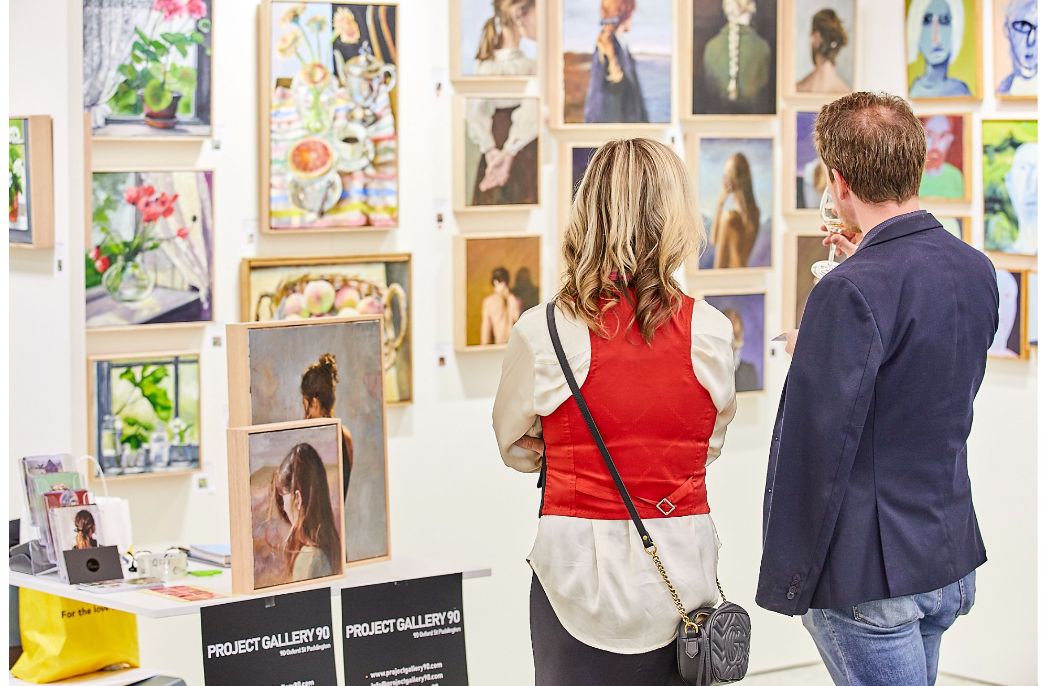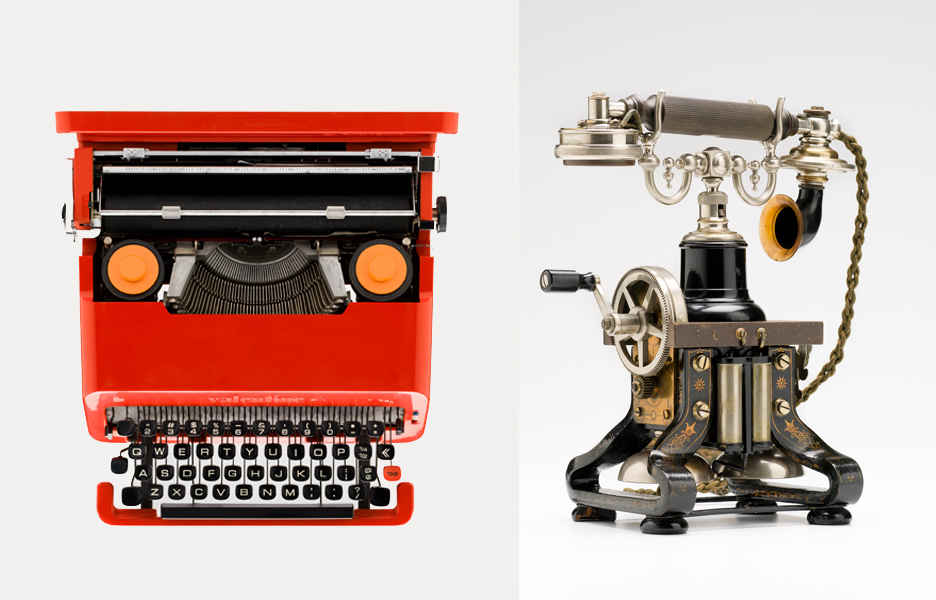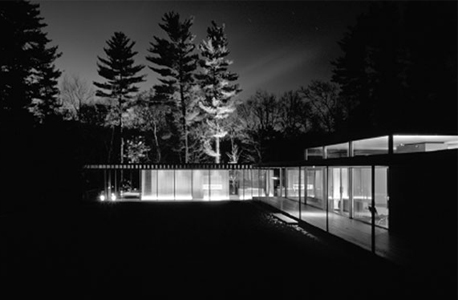
Think you know steel? Think again
Think you know steel? Think again
Share
A new exhibition aims to open our eyes to the incredible versatility of a material that inhabits our homes, cars, buildings and everything in between.
Steel is ubiquitous in the modern world. First forged some 4000 years ago, its use has been critical to multiple civilisations. It’s also a material that ranges from functional to decorative, yet it’s very often overlooked, perhaps taken for granted.
Steel: art design architecture, a touring exhibition by JamFactory, aims to change that, by challenging our perception of the metal. It explores innovative ways the material is being used by artists, designers and architects in Australia, and the links and similarities between their creative processes.
“It’s such an important material in our everyday life. We use it in our bathrooms, in our kitchens, it’s in cars, trains, it’s everywhere,” explains JamFactory’s senior curator Margaret Hancock Davis. “The potential of steel is incredible: it can be manipulated in so many ways and it’s so versatile.”
The exhibition, which is the third in a series of four – wood, glass, steel and, next year, concrete – has revealed surprising similarities across the different materials says Hancock Davis. “It’s just really interesting how excited an architect or a jeweller or a designer or visual artist can get about the materiality of what they are using. They fall in love with it and want to experiment with it and push it as far as it can go.”
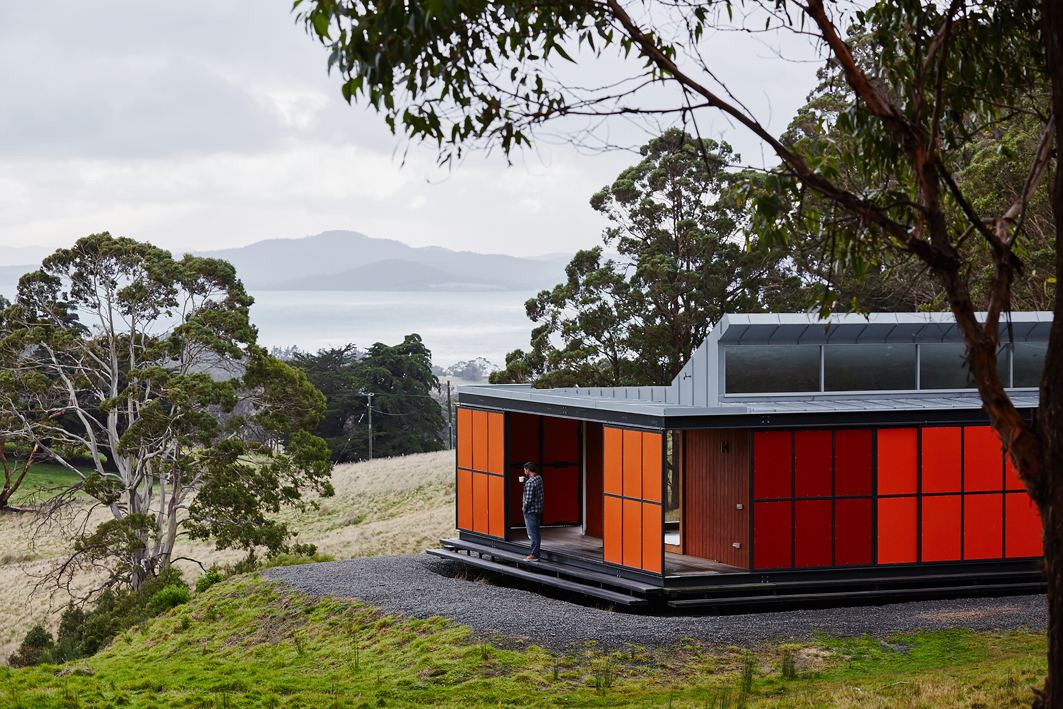
The Premaydena house by Misho+Associates
Misho+Associates is one architectural practice doing just that, with its intriguing use of steel in residential projects. Its Premaydena house sits strikingly on a largely wooded site on the Tasman Peninsula, south-east of Hobart. The house stands out thanks to external red and orange galvanised steel panels that protect against an often-gusty north-easterly wind. Inside, steel insect screens slide from the walls much like the screens of a Japanese teahouse.
“That incredible orange colour is based on the lichens that grow in the rugged southern area of Tasmania,” explains Hancock Davis. “Because the steel serves as fly protection, but also against that fierce wind that comes through the area, it has a great duality. It’s quite spectacular.”
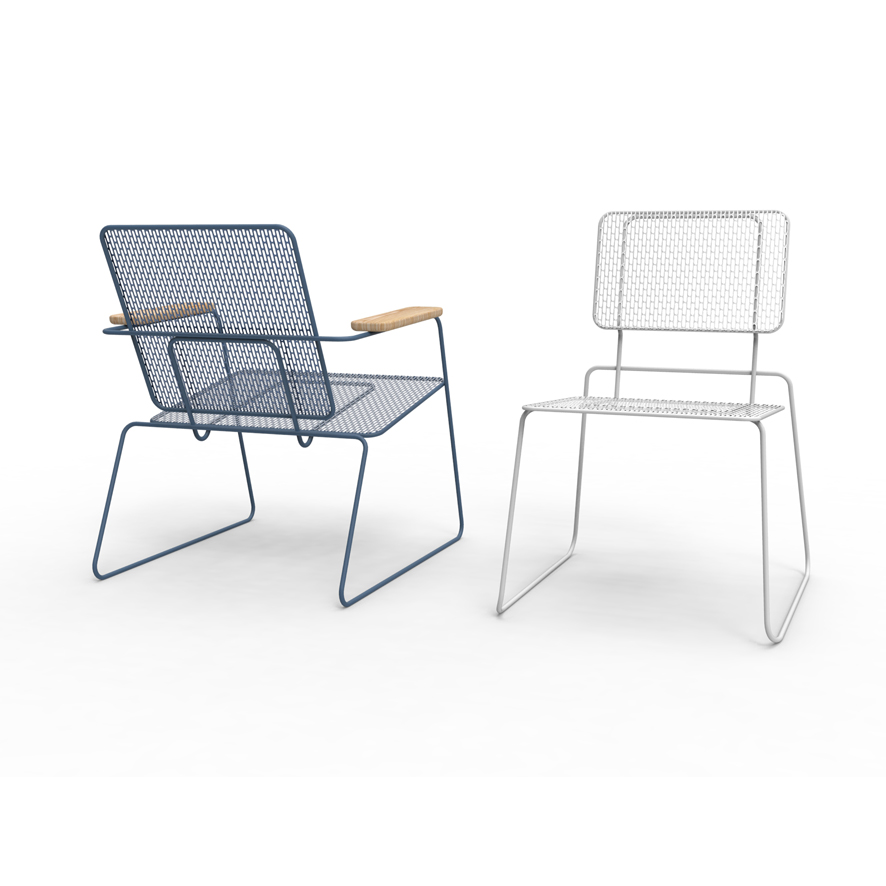
These computer renders from designer Seaton McKeon show the intriguingly simple structure of his steel-framed Paperclip chairs
From shoji-like screens to a school-inspired chair, Seaton Mckeon is a designer using steel in a very different way. His Paperclip stackable chair reinterprets classic school chairs of the 1920s and is constructed from mild steel with a zinc-primed powder-coat finish. “Seaton was the winner of the first Australian Furniture Design Award, which is an award led by JamFactory and furniture provider Stylecraft,” says Hancock Davis. “The prize was to develop a production line piece and his work Paperclip was in development for 12 months. Seaton plays on the old school chairs, but also this idea of a paperclip, so he brings the design down to very elemental forms and plays with it.”
For Hancock Davis, there’s another chair in the exhibition that particularly stands out. Based on the shape of a soundwave and designed by Brodie Neill, the Reverb Wire chair is a reiteration of his original solid-surfaced Reverb chair. It’s constructed with steel rods that repeat to form a rhomboidal grid with openings of different sizes. “The chair is pretty spectacular – it’s all handmade. The original was quite a solid chair, and so Neill wanted to lighten that. He worked with Italian manufacturer Marzorati Ronchetti to produce a limited edition of 20 pieces for the Patrick Brillet Gallery. It was my highlight actually, and we were very excited to get it into the show.”
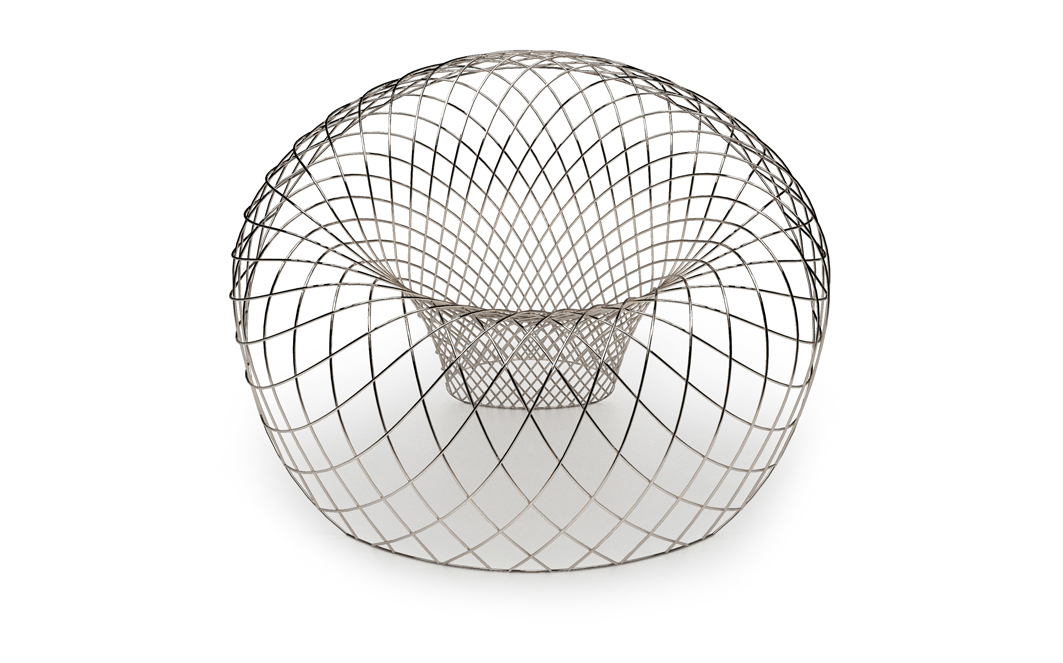
Steel rods are precisely welded into the vortex-like form of Brodie Neill’s Reverb Wire chair
The Reverb Wire threw up an interesting realisation for Hancock Davis: across all scales of design, from chairs to stadiums to pieces of jewellery, the importance of the human touch is always present. “We forget how much the human hand has responsibility in all these manufactured items,” she says. “Yes, there is a lot of robotics in manufacturing, but there is still a lot of the human touch and the human-made. So I think getting that complex shape that is the Reverb Wire, it was about using these incredible welding skills and they wouldn’t have been able to do it any other way.”
Steel: art design architecture is currently touring the country and the exhibition will run until 2020. For dates and locations, visit steel-exhibition-jamfactory.com.au.
You Might also Like
